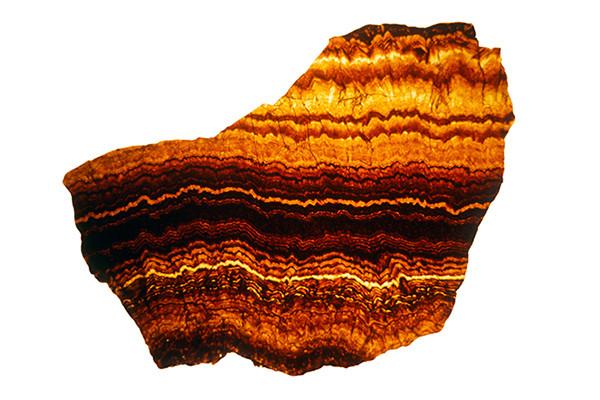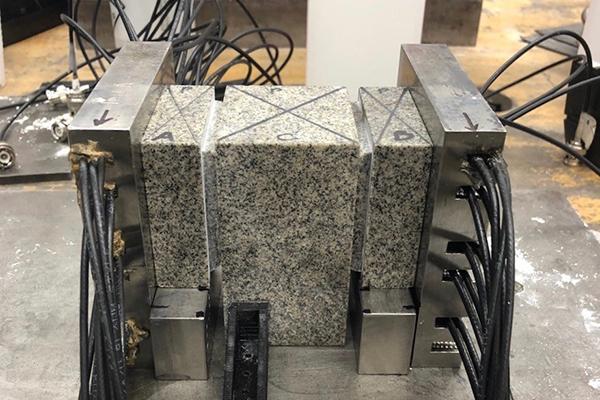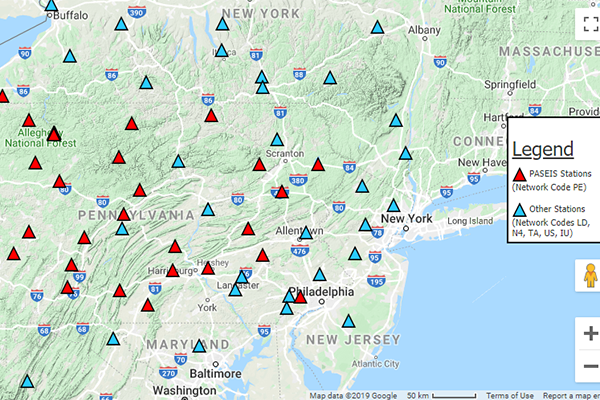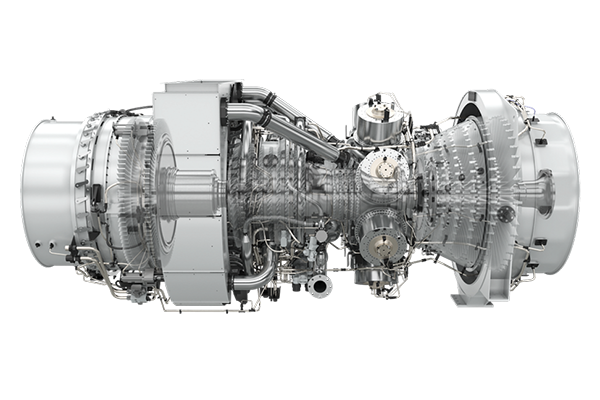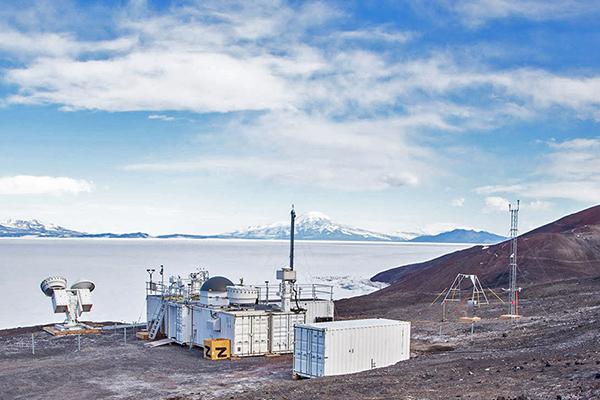Equilibrium climate sensitivity — how sensitive the Earth's climate is to changes in atmospheric carbon dioxide — may be underestimated in individual climate models, according to a team of climate scientists.
Changes in groundwater millions of years ago created alternating layers of vivid yellow and brown in the mineral sphalerite, and those variations align with movements in Earth’s orbit that impacted climate in the deep past, Penn State scientists found.
A team of Penn State researchers will soon have a better understanding of the deformation properties and poromechanical behavior of rock samples containing anhydrite, thanks to a $450,000 Chevron grant.
When a seismic event occurs in the commonwealth, the Pennsylvania State Seismic Network (PASEIS) is the first to know.
The Department of Energy’s (DOE) Gary Geernaert will discuss federal science policy and priorities at the next EarthTalks seminar at 4 p.m. Monday, Nov. 11, in 112 Walker Building. The talk is free and open to the public.
Researchers in the Penn State Department of Mechanical Engineering have been awarded more than a combined $3.3 million to support advancements in the performance and efficiency of combustion turbines and turbine-based power cycles in fossil fuel power generation.
The College of Earth and Mineral Sciences is offering free professional portraits for military members, veterans and ROTC members for Military Appreciation Week.
Members of the Penn State community are invited to attend an immersive technology open house taking place across the University Park campus on Nov. 12.
For the first time, persistent drizzle has been recorded at temperatures well below freezing in Antarctica, according to a team of researchers.
Combing data from cutting-edge geostationary satellites and traditional weather radar created a path toward earlier, more accurate warnings, according to Penn State researchers who studied supercell thuderstorms in the Midwest.



